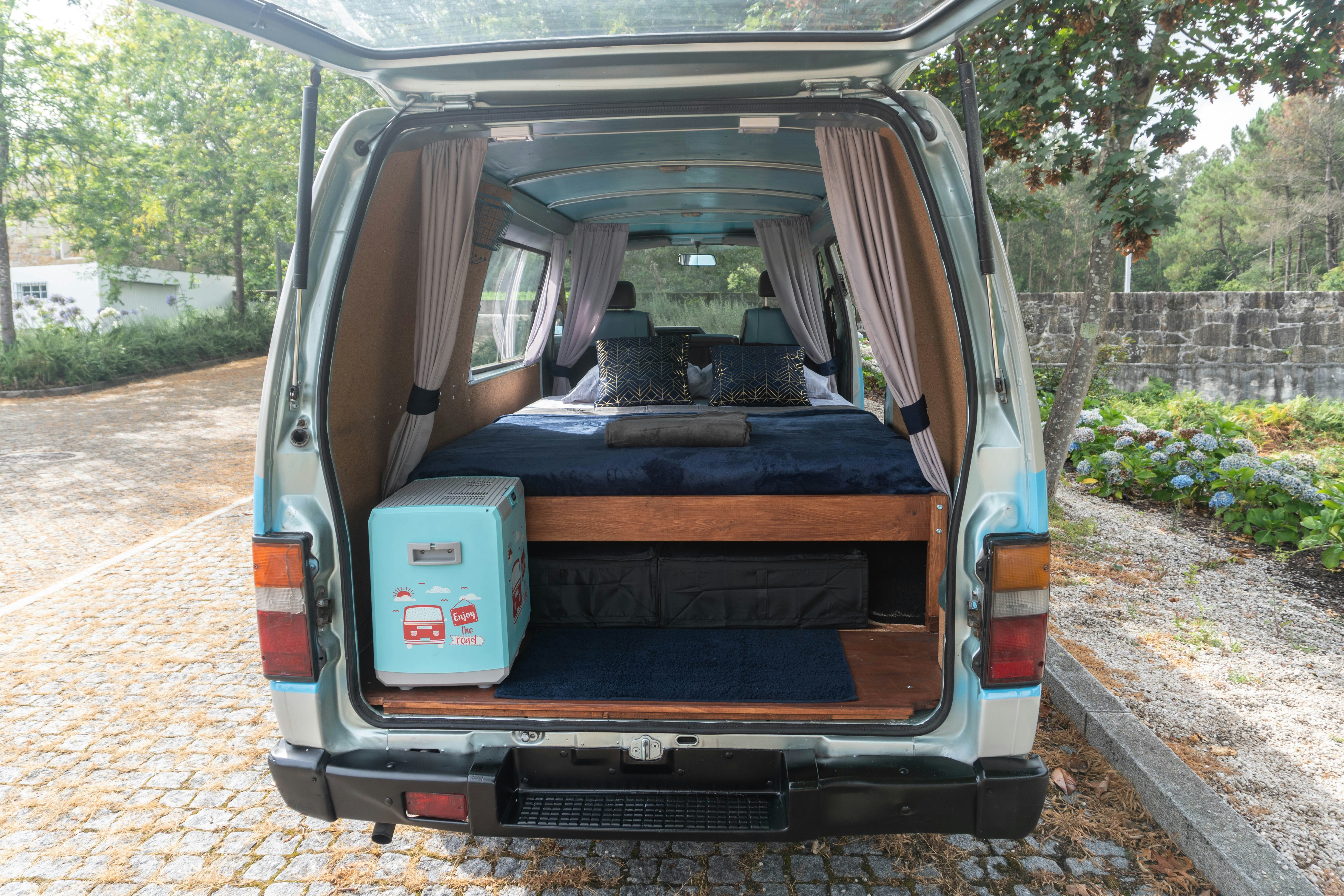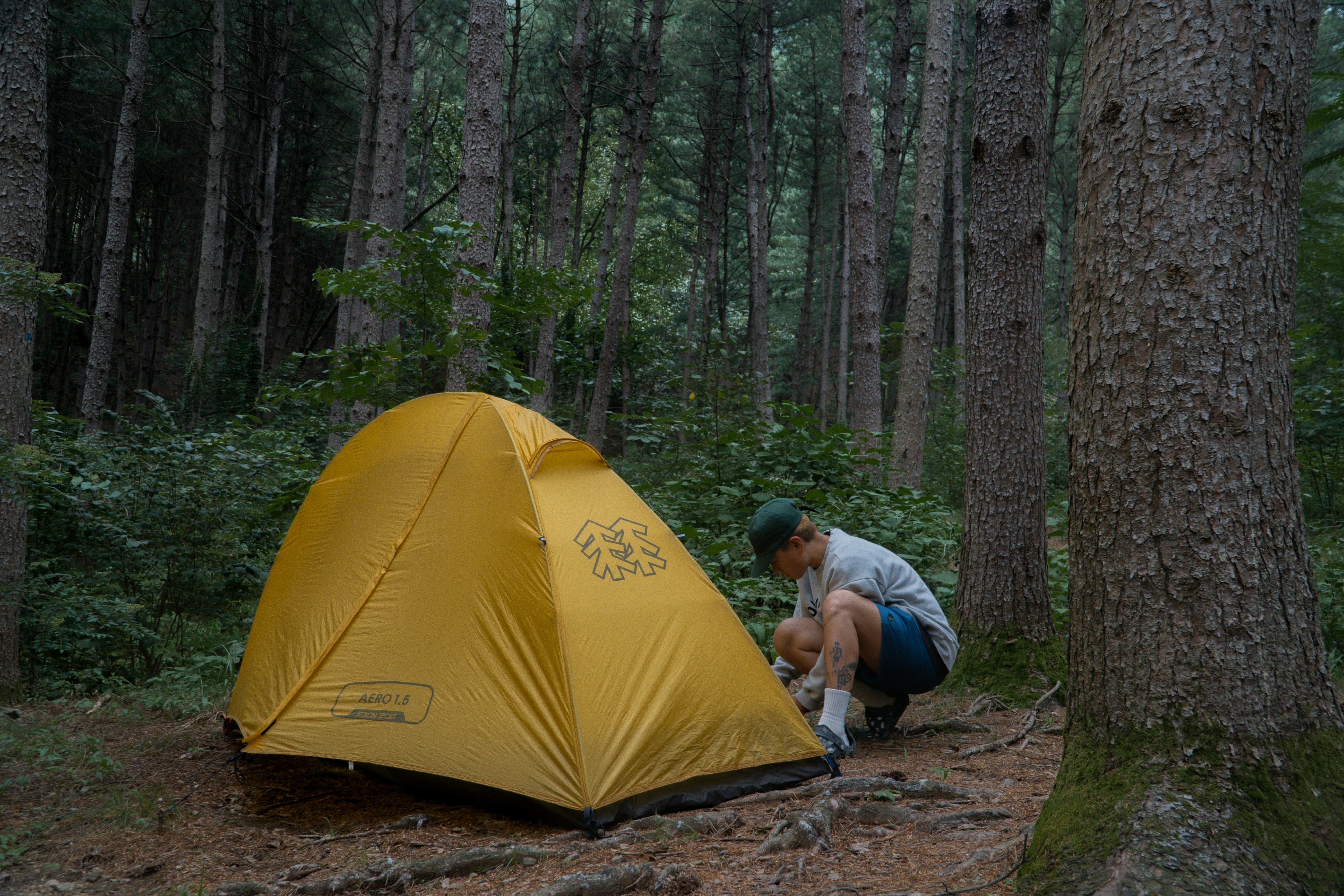Learn how to choose the right RV campsite size for your rig. Our complete guide helps you understand dimensions, hookups, and space needs.

You know that feeling when you are trying to park in a spot that is just a little too tight? Your palms get sweaty, and you start questioning all your life choices? Well, picking the wrong campsite size for your RV can give you that same anxiety, except you are stuck with it for your entire trip.
Let me walk you through everything you need to know about RV campsite sizes so you can book with confidence and actually enjoy your camping adventure instead of playing vehicular Tetris.
Why RV Campsite Size Actually Matters
Think about it this way: your home on wheels needs a home away from home. And just like you would not try to squeeze a king-size bed into a closet, you should not try to cram a 40-foot motorhome into a site meant for a pop-up camper.
The right campsite size means you will have room to:
- Park your RV without doing a 47-point turn
- Extend your slide-outs without hitting trees or your neighbor's picnic table
- Set up your awning and outdoor furniture
- Walk around your rig without doing sideways shuffles
- Actually access your storage compartments
Standard RV Campsite Dimensions You Should Know
Most campgrounds offer different site sizes to accommodate various RV types. Here is what you will typically find at places like Willowemoc Campgrounds:
Small Sites (20-30 feet): These work great for pop-up campers, small travel trailers, and van conversions. If your rig is under 25 feet, you are golden.
Medium Sites (30-40 feet): Perfect for mid-size travel trailers and smaller motorhomes. This is the sweet spot for many weekend warriors.
Large Sites (40-50 feet): Now we are talking about sites that can handle bigger fifth wheels and Class A motorhomes. You will have room to breathe.
Extra-Large Sites (50+ feet): These are for the big boys. If you are rolling in a 45-foot diesel pusher with slide-outs, you want one of these babies.
How to Measure Your RV (The Right Way)
Here is where people mess up. They measure their RV from bumper to bumper and think that is all they need to know. Wrong.
You need to account for:
- Your total length including the hitch or anything hanging off the back
- Your slide-outs when they are extended
- Your awning when it is rolled out
- Any bikes, cargo carriers, or ladders sticking out
Pro tip: add at least 5-10 feet to your measurement when booking. You will thank yourself later.
Back-In vs. Pull-Through Sites
Back-in sites require you to reverse into the space. They are usually a bit cheaper and work fine if you are comfortable backing up your trailer. Just remember, practice makes perfect, and everyone was a beginner once.
Pull-through sites are the lazy person's dream (I say that with love). You drive straight in and straight out. No backing up required. These are lifesavers if you are towing a vehicle or if backing up makes you break into a cold sweat.
What About Tent Campers and Seasonal Stays?
Not everyone is rolling up in a house on wheels, and that is perfectly fine.
For tent campers: You need much less space, obviously. But you still want to think about where you will set up your tent, where your car will go, and whether you have room for a campfire circle and some chairs.
For seasonal stay campers: If you are planning to park your RV for an extended period, size becomes even more important. You want enough room to really set up camp, maybe add some outdoor rugs, set up a proper patio area, and create that home-away-from-home vibe. Check out the seasonal RV sites options that give you the space to spread out.
Hookups and Utilities: The Technical Stuff
A campsite is not just about the dirt you park on. You need to think about connections too.
Full hookups include water, electricity, and sewer. This is the gold standard. You can run everything in your RV without worry.
Partial hookups might give you electric and water but no sewer. You will need to use the dump station before you leave.
No hookups mean you are dry camping. Your RV needs to be self-sufficient with full tanks and a charged battery.
Make sure the hookups are actually within reach of your RV's connections. Nothing worse than realizing your power cord is 3 feet too short.
Site Layout and Terrain Considerations
Not all campsite sizes are created equal. A 40-foot site on flat ground is way different from a 40-foot site on a slope with trees everywhere.
Things to ask about:
- Is the site level? (Your RV needs to be relatively level for the fridge to work properly)
- How wide is the site? (Length is not everything)
- Are there trees or obstacles that might block your slide-outs?
- What is the ground like? (Gravel, grass, dirt, pavement?)
- How close are you to neighbors?
Special Considerations for Different RV Types
Class A Motorhomes: You are basically driving a bus. You need serious space, good turning radius, and ideally a pull-through site.
Fifth Wheels: These bad boys need room for the truck and the trailer, plus clearance for that hitch setup.
Travel Trailers: More flexible, but watch your tongue length and remember you are backing up a trailer, not driving it.
Pop-Up Campers: You have the world at your feet. Almost any site will work for you.
Questions to Ask Before Booking
Do not be shy. Call the campground and ask:
- What is the maximum RV length for this site?
- Can my slide-outs fully extend?
- Is it back-in or pull-through?
- What hookups are included?
- How level is the site?
- Will I have trouble getting in and out?
Making the Most of Your Space
Once you snag the right-sized site, here is how to use it well:
Set up a designated area for outdoor activities separate from where you park. This keeps things organized and gives you a proper living space outside your RV.
Use outdoor rugs to define your space and keep dirt out of your camper. Plus, they make things feel homey.
Think vertically if you are tight on space. Hanging organizers and hooks are your friends.
Common Sizing Mistakes to Avoid
Mistake number one: Booking based only on your RV length without considering slide-outs. You will arrive and realize you cannot actually use half your living space.
Mistake number two: Not accounting for your tow vehicle or towed car. That Honda Civic needs to fit somewhere too.
Mistake number three: Ignoring site width. A narrow 40-foot site is worse than a wide 35-foot site.
Mistake number four: Forgetting about awning clearance. Tree branches and awnings do not mix well.
Finding Your Perfect Spot
At the end of the day, the right campsite size is about matching your RV's needs with your comfort level. You want enough room to actually enjoy yourself without feeling cramped or stressed.
When you are looking at RV site rentals, take the time to read the descriptions carefully. Look at photos. Ask questions. It is way better to overestimate the space you need than to show up and realize you are trying to fit a square peg in a round hole.
Remember, camping should be fun and relaxing. The right-sized site is your foundation for a great trip. Get that part right, and everything else falls into place.
Ready to find your perfect campsite match?
Contact Willowemoc Campgrounds today at 30 Willowemoc Rd, Livingston Manor, NY 12758 to discuss your RV size and find the ideal site for your next adventure. Our friendly staff can help you choose the perfect spot that fits your rig and your camping style. Let us help you plan a stress-free camping experience where everything fits just right!



